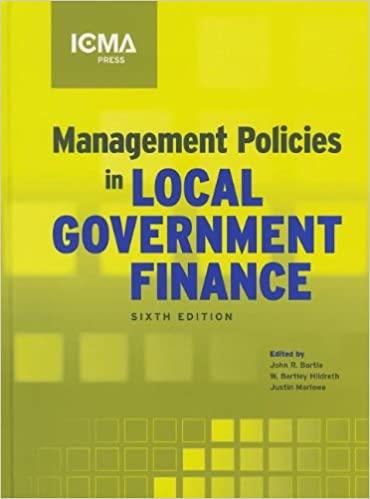Question
Firm D has a tax rate = 21%; 10-year, 5% coupon, annual payment noncallable bonds selling for $990; 7%, $100 par value, quarterly dividend, perpetual
Firm D has a tax rate = 21%; 10-year, 5% coupon, annual payment noncallable bonds selling for $990; 7%, $100 par value, quarterly dividend, perpetual preferred stock sells for $99; Common stock sells for $10 with D1 = $0.35 and g = 4%; the firm has beta = 1.0; rRF = 1%; RPM = 6%; the Bond-Yield Risk Premium = 4% and there are 1,000 bonds, 100 preferred shares, and 35,000 common equity shares; the balance sheet indicates $1 million of bonds, $10,000 of preferred stock and $200,000 of common stock; the target capital structure is 50% debt, 5% preferred, 45% common equity. What is the WACC using EACH of the weighting mechanisms? Which is the best technique and why? Worst and why? (All done in Excel is best)
Step by Step Solution
There are 3 Steps involved in it
Step: 1

Get Instant Access to Expert-Tailored Solutions
See step-by-step solutions with expert insights and AI powered tools for academic success
Step: 2

Step: 3

Ace Your Homework with AI
Get the answers you need in no time with our AI-driven, step-by-step assistance
Get Started


